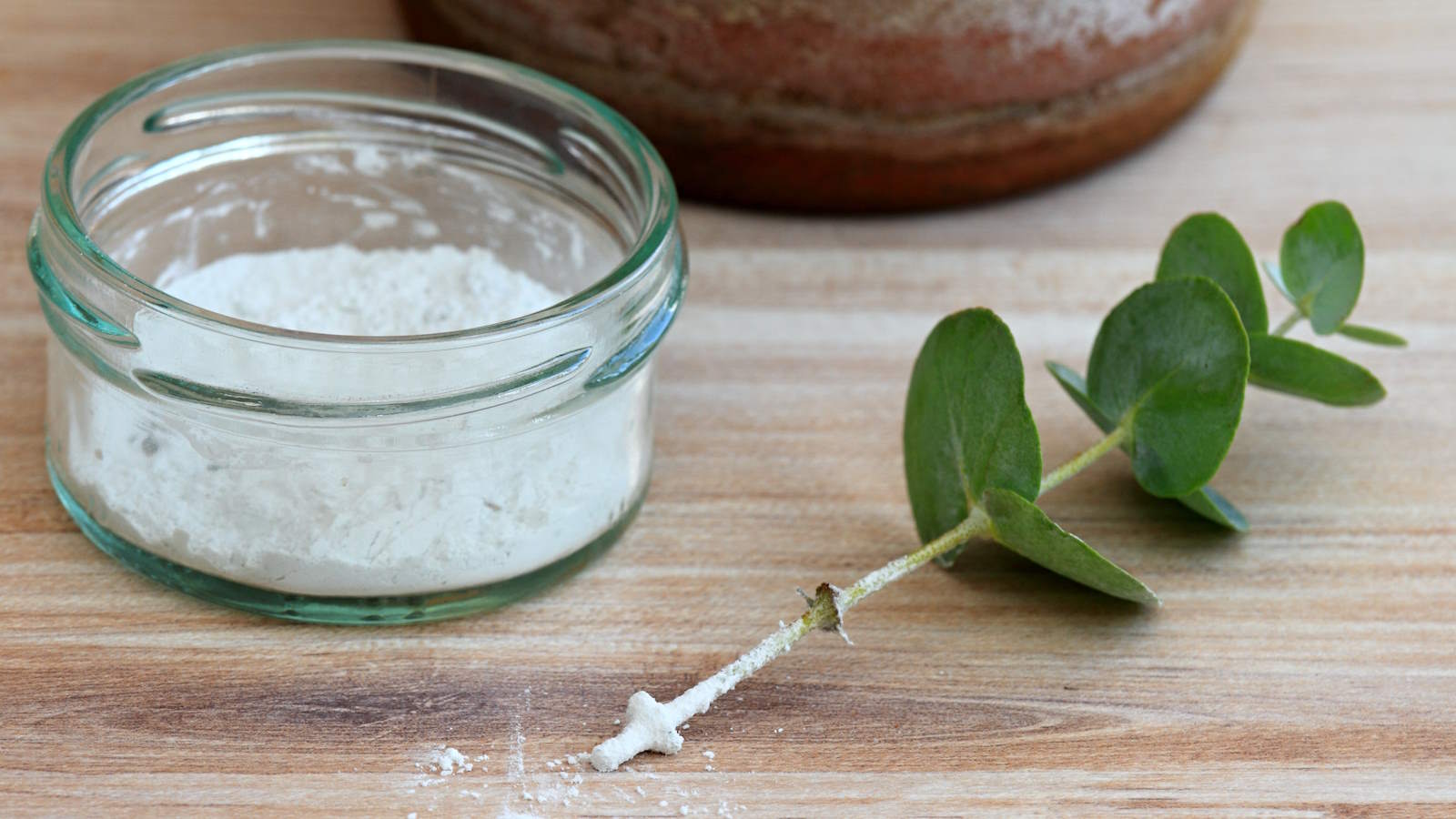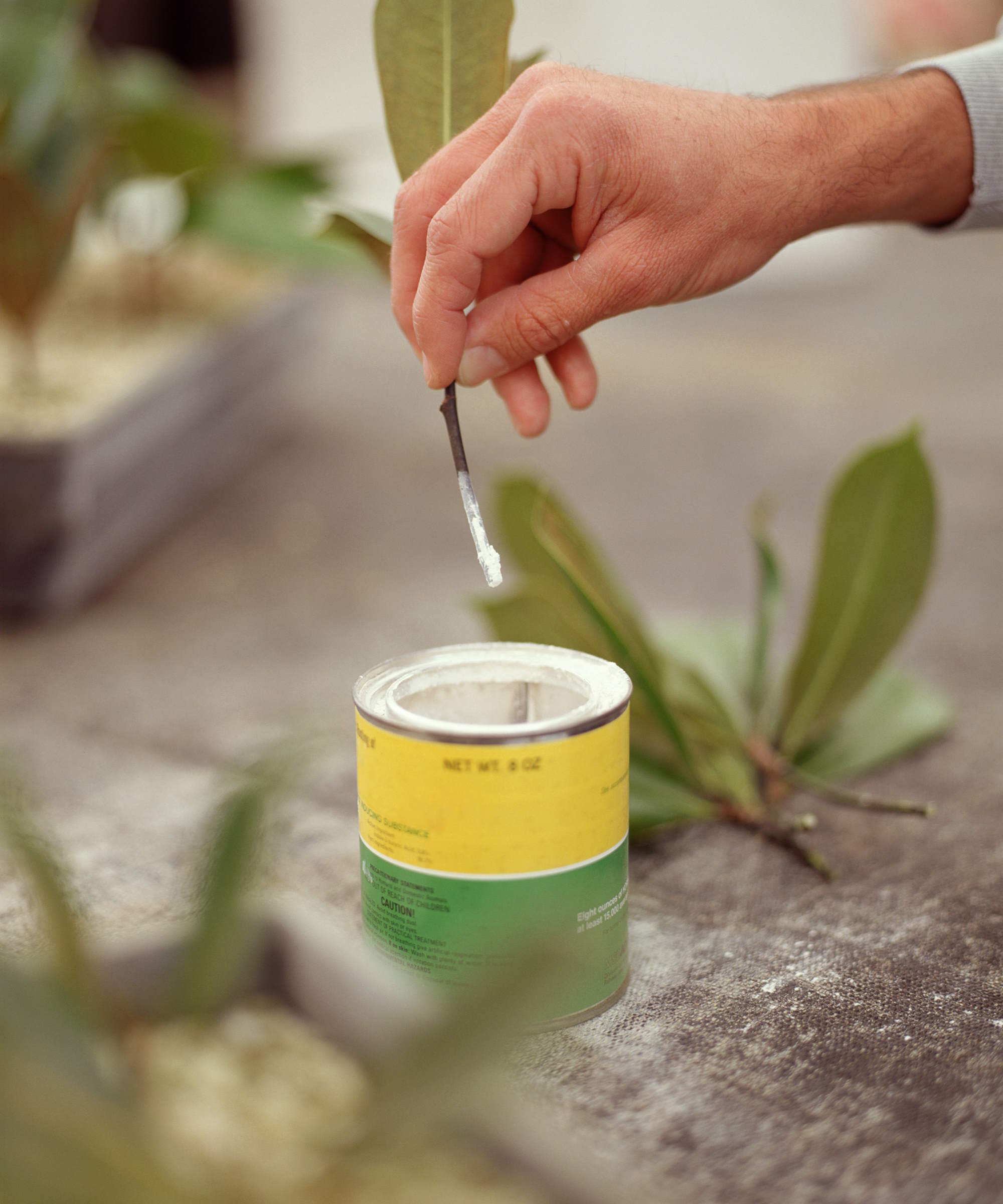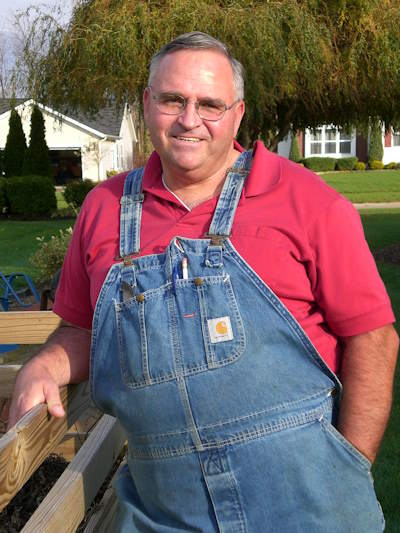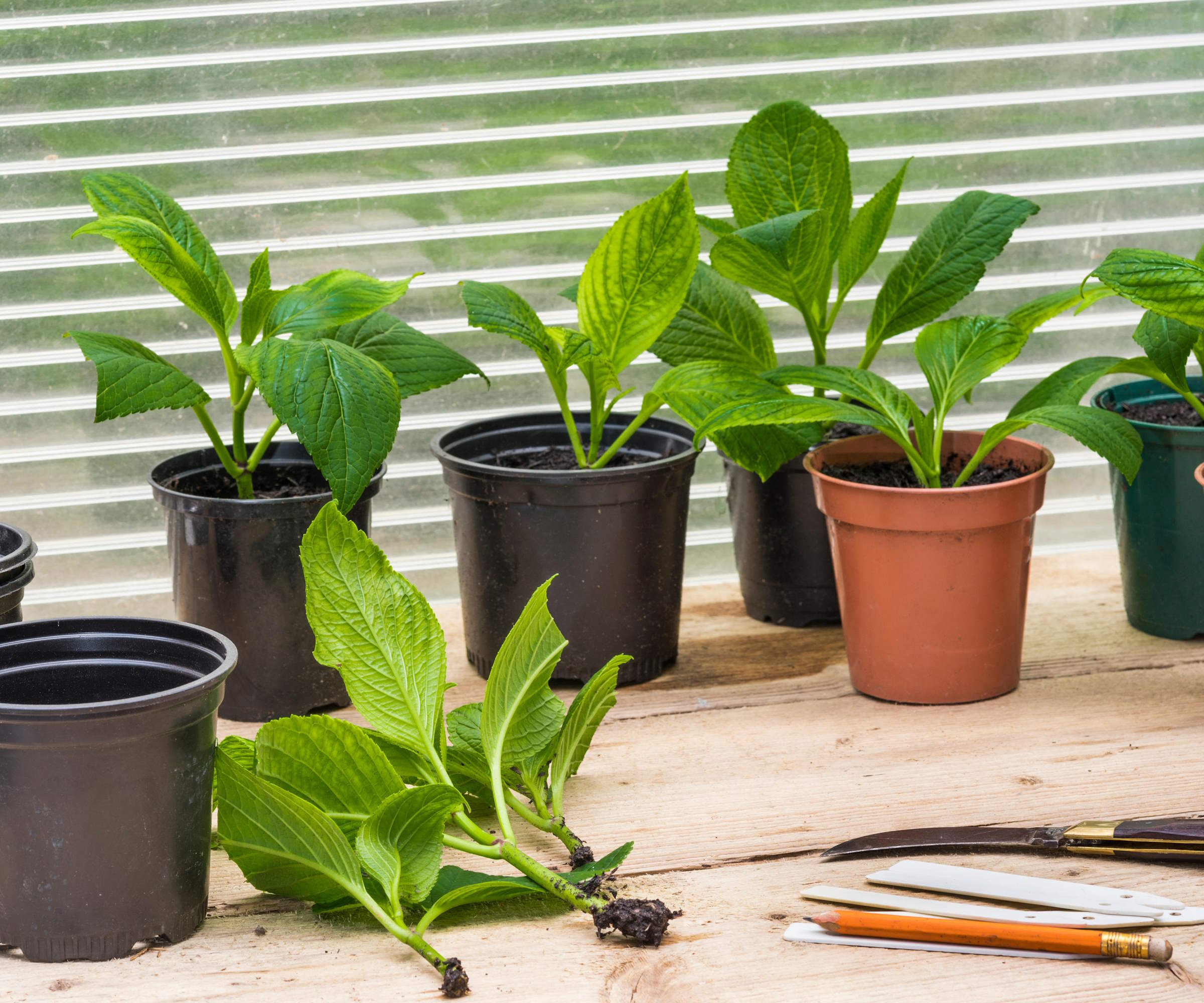Rooting hormone can improve your success with cuttings – discover our expert tips on how to use the different types
What is rooting hormone and which plants will it benefit?


Taking plant cuttings is a great way to get many new plants, but it does not come with a guarantee of success. Using rooting hormone is a common way to increase the chances of a positive result.
Rooting hormone is a product seen commonly on the shelves of garden centers and comes in various forms. They all contain hormones that will help any plant cuttings to root successfully.
Using rooting hormone in home propagation is not essential, but it can increase the likelihood of the cuttings rooting and quickly develop a stronger root network. So what exactly is root hormone, how does it work, and how should you use it on your cuttings at home?

What is rooting hormone?
Rooting hormone products are designed to copy a plant’s natural hormones to promote the growth of roots. Mike McGroarty, an expert in plant propagation and owner of Mike’s Backyard Nursery, explains: ‘There is a natural chemical in plants that enhances cell development called auxin. Most rooting compounds try to mimic that formula.’
Auxin can either be produced by the plant or created synthetically. Rooting hormone products containing auxin come in powder, liquid, or gel form and are commonly available to purchase and use in home propagation.
Along with auxin, products often contain other hormones to prevent rotting and compounds that reduce the likelihood of cuttings getting infected with fungal diseases.

Mike is an expert in plant propagation and gardening. Since 1996 growers from more than 80 different countries have taken his Backyard Grower training courses online.
When to use rooting hormone

Rooting hormone can be used on many plant cuttings, including softwood, semi-ripe, hardwood, root, and leaf cuttings. It can improve the rooting of many plants, however, it is not essential and it often comes down to personal preference for whether to use it.
Cuttings can root themselves if given the right care and attention, but using rooting hormone can speed up the process and improve the chances of success. It is common for gardeners to use rooting hormone on cuttings of ornamental perennials, shrubs, and trees throughout the year.
Many plants are simple to root on their own without rooting hormones, including succulents, and rooting hormones are unsuitable for water propagation - such as if you root rose cuttings in water - as the product will wash off in the water. Research before doing any plant cuttings at home to determine if rooting hormone is suitable for any particular plant.
How to use rooting hormone

The way to use rooting hormone will depend on the type you are using, however, as a general rule it is inadvisable to put the cutting directly into the container that houses the hormone.
It is best to put the powder, gel, or liquid into a different smaller container and dip the cutting into that. It helps to avoid making the plant cutting mistake of spreading disease, along with not putting any unused rooting hormone from the smaller container back into the original one.
The cuttings should only be placed briefly into the rooting hormone and then any excess liquid or powder shaken off before the cutting is placed into the soil or any other medium.
- Stem cuttings want the bottom couple of inches dipped into the rooting hormone briefly, before having the excess shaken off and being put into a pre-made hole in a potting mix or perlite.
- Leaf cuttings, which are ideal for indoor plants, want the rooting hormone applied to the exposed side of the leaf, the section that was closest to the plant’s center. This edge of the leaf wants to be pushed into the soil.
- Root cuttings are rolled in the rooting hormone before being planted horizontally in the potting medium
What is the best rooting hormone?

Liquid, powder, and gel rooting hormones all have pros and cons. For example, powders are easy to use and good for cuttings with a thicker base but can be messier than the other two.
When it comes to liquid rooting hormones, Mike McGroarty says: ‘Liquids are nice because you only need one product and adjust the concentrations for softwood, semi-hardwood or hardwood cuttings simply by changing the concentrations and the instructions are right on the bottle.’
So, what does a commercial grower recommend as the best rooting hormone? ‘I keep it simple and use Dip 'n Grow, which a lot of large wholesale growers also use,’ says Mike.
‘I am surrounded by very large wholesale growers and I know for a fact that they buy Dip 'n Grow by the gallon and that stuff goes a long, long way. I can root 10,000 cuttings with about half a pint or less.’

Rooting hormones liquid concentrate is easily diluted with water to the necessary strength. A proven formula that contains both rooting auxins recognized as root-inducing. Allows the rooting hormones to be absorbed into the cutting stem more evenly and easily.
FAQs
Are there any homemade rooting hormone alternatives?
There are some options for natural alternatives to shop-bought rooting hormone. It includes using apple cider vinegar, cinnamon, honey, and aloe vera. The first three should be mixed with water before the cutting is dipped into the solution, while you can dip cuttings into any aloe vera gel before planting.
Picking the best material to propagate plant cuttings in also helps ensure success. The choice of material includes soil, perlite, water, or even moss. Compost will ideally have perlite, available at Amazon, or grit mixed in to create a light mix and allow for good drainage. This reduces the risk of root rot or fungal issues stemming from cuttings sitting in wet soil.
Sign up to the Homes & Gardens newsletter
Design expertise in your inbox – from inspiring decorating ideas and beautiful celebrity homes to practical gardening advice and shopping round-ups.

Drew’s passion for gardening started with growing vegetables and salad in raised beds in a small urban terrace garden. He has worked as a professional gardener in historic gardens and specialises in growing vegetables, fruit, herbs, and cut flowers as a kitchen gardener. That passion for growing extends to being an allotmenteer, garden blogger, and producing how-to gardening guides for websites. Drew was shortlisted for the New Talent of the Year award at the 2023 Garden Media Guild Awards.
-
 How to grow sassafras – for a low-maintenance native tree that can even be planted in shady yards
How to grow sassafras – for a low-maintenance native tree that can even be planted in shady yardsFor an easy-to-grow North American tree, you will not find much better than sassafras
By Thomas Rutter
-
 'Big results before you know it' – Experts urge you to use the ‘Take Away 10’ method for simple decluttering with zero decision fatigue
'Big results before you know it' – Experts urge you to use the ‘Take Away 10’ method for simple decluttering with zero decision fatigueIt can cut hundreds of items from your home in just a few weeks
By Ottilie Blackhall